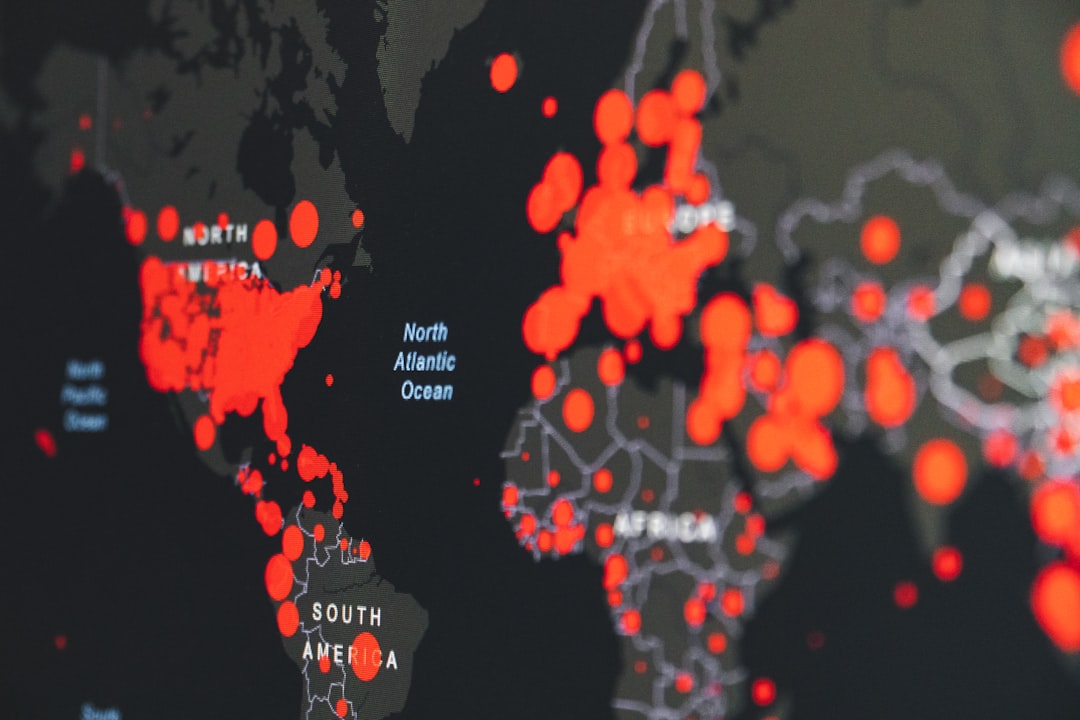What is it about?
We know that society is becoming increasingly polarised and precisely because of these polarisations, people with certain views tend to favour others with similar views and try to avoid people with different views. Of course, this not an ideal situation to engage in constructive discourse on the topics that matter and therefore it is important to find ways to reduce these negative biases. In this paper we showed participants a video of a conversation between two people. In the video, one person was either mirroring or not mirroring the other person's body language and we found that when participants watched the video in which mirroring occurred, the negative bias they held against the mimicker reduced. In other words, observing an individual mimicking another person seems to reduce negative biases otherwise held against that individual.
Featured Image

Photo by Kenny Eliason on Unsplash
Why is it important?
In times of polarisations and biases such findings are important because they show that biases are not necessarily rigid, but they can be changed, even through a person's body language. Given that participants were not in contact with the observed individuals (i.e., they did not interact with them) shows the the effect that body language may have on reducing biases.
Perspectives
There is a lot of research to be done in this area, but I hope that our insights provide the first small step towards a more enriched research on how to reduce polarisations and biases.
Christian Bretter
University of Leeds
Read the Original
This page is a summary of: Watching the mimickers: Mimicry and identity in observed interactions., Journal of Experimental Psychology Applied, December 2022, American Psychological Association (APA),
DOI: 10.1037/xap0000462.
You can read the full text:
Contributors
The following have contributed to this page










